Dream weaver: artist Liza Lou on the teamwork behind her beadwork
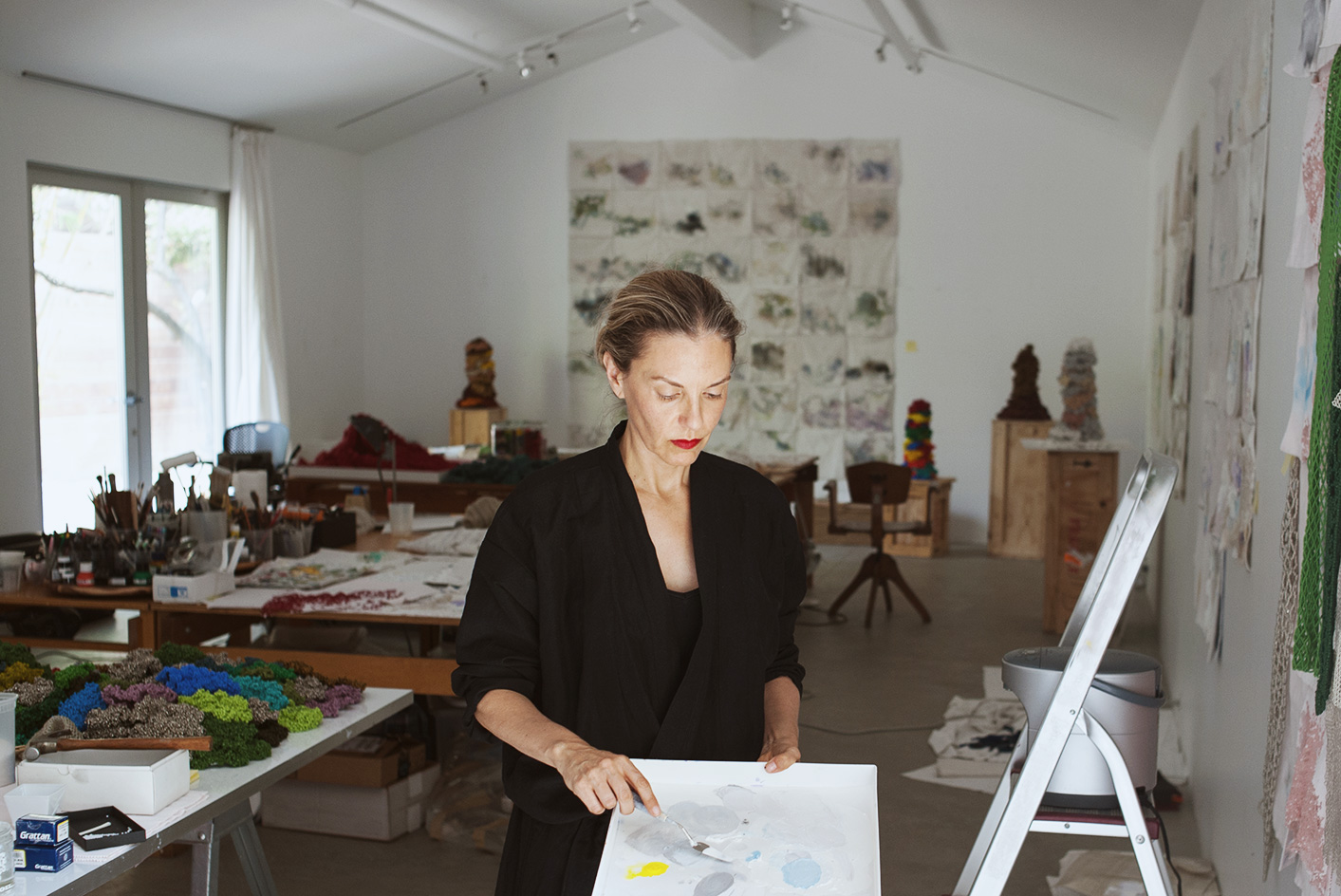
In the blue, even expanse above Los Angeles, clouds are rare – yet they have been a recent preoccupation for local artist Liza Lou. ‘If you’re someone who watches clouds, they happen here more often than you think,’ she says. They are the subject of her new solo exhibition, ‘The Classification and Nomenclature of Clouds’, inaugurating Lehmann Maupin’s second New York gallery on 6 September. The main event is The Clouds, 2015-18, a painting that, like Les Nuages from Monet’s Water Lilies series, is a monumental triptych that immerses the viewer in delicate tufts of colour.
Outside her studios in both Topanga Canyon and Durban, South Africa, Lou does as the Impressionists did: she paints clouds en plein air. But rather than using canvas, she paints on a grid of minuscule glass beads, threaded by hand by Zulu artisans based in South Africa. She dilutes her oil paints and layers them on in washes, or rubs them into the beads and wipes them away. Other times, she’ll apply thick swathes of impasto to the grids of beads, which retain the shape of the stroke of her knife. When the painted grids are dry, she takes a hammer to them, chiselling away at the beads and exposing the matrix of threads holding them together. It’s a way of adding depth and transparency, ‘a way of carving into a painting’, says Lou.
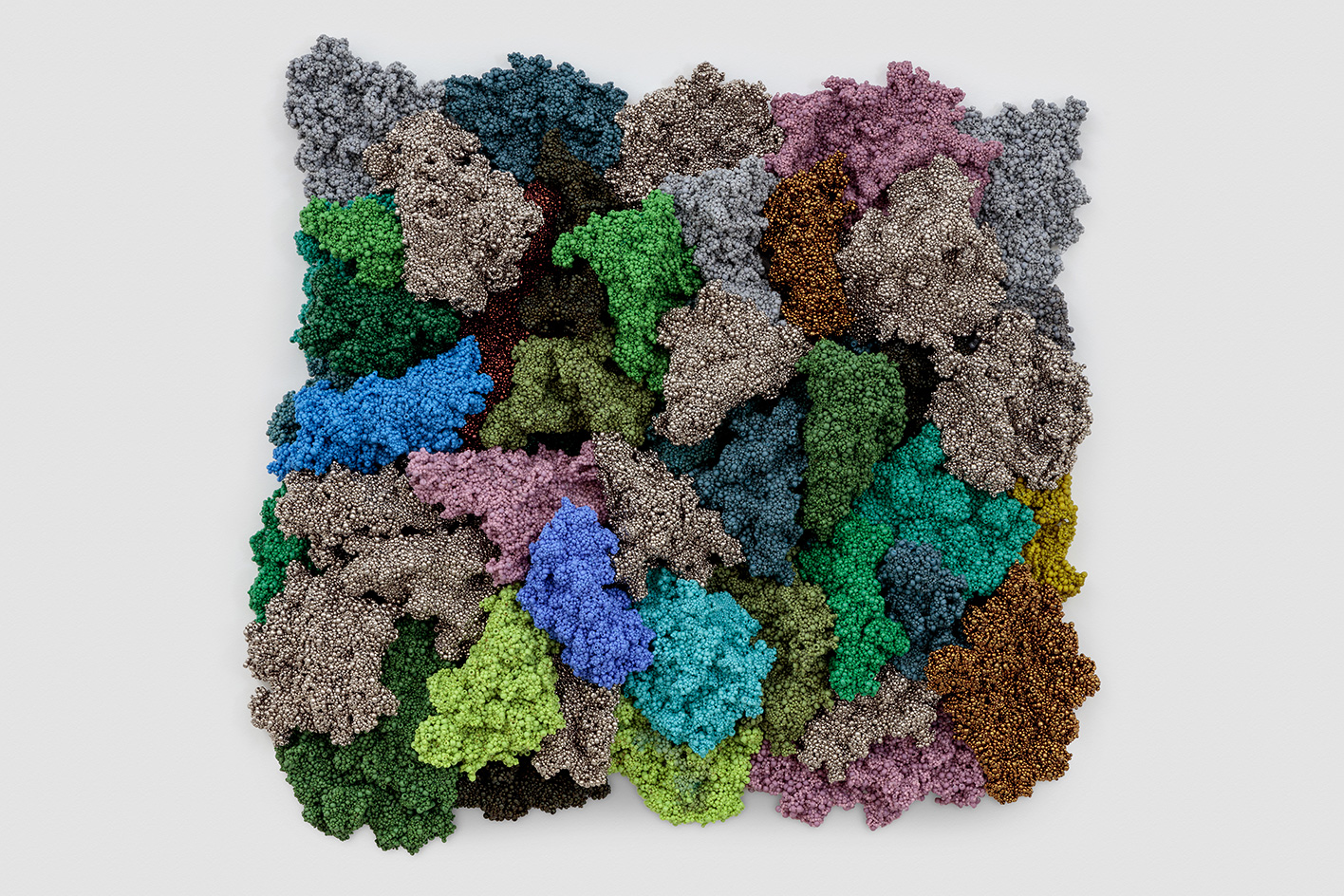
Lichenform II, 2018, by Liza Lou, woven glass beads. Courtesy of the artist and Lehmann Maupin, New York, Hong Kong, and Seoul
Her body of work touches on the pointillism of Georges Seurat, pop art and geometric minimalism. At the heart of it all are the tiny glass beads, where the distinctions between painting and sculpture begin to blur. In arguably her most famous work, Kitchen, 1991-96, she covered a life-size kitchen with beads, down to the minutest details: the crinkles on the surface of a slouching potato chip bag, the water flowing from the tap. The transparency and reflection of millions of pieces of coloured glass created something of a luminous, three-dimensional Impressionist painting. Kitchen questioned the ideas of ‘women’s work’ just as the studded material challenged the distinction between ‘serious’ male art and women’s arts and crafts.
Lou was confronted with that prejudice early in her career. During her first days at the San Francisco Art Institute, she stumbled into a bead store and incorporated them into her paintings, a tactic wholeheartedly dismissed by her tutors. ‘It was decorative. It was too feminist,’ she recalls. After two months, she dropped out and began a career-long meditation on the division of sex and labour.
Kitchen took Lou five years and a few pairs of tweezers to complete. She estimates that each of the 600, 35cm square panels of beads that make up The Clouds would have taken her two weeks to produce. But Lou no longer works alone. In 2005, seeking to employ women with a greater mastery of beadwork, she travelled to South Africa, where Zulu women are renowned for their beading tradition. She hired an initial team of 12 to help her complete Security Fence, 2005, a razor-wire, chain-link enclosure with a crystalline sparkle.
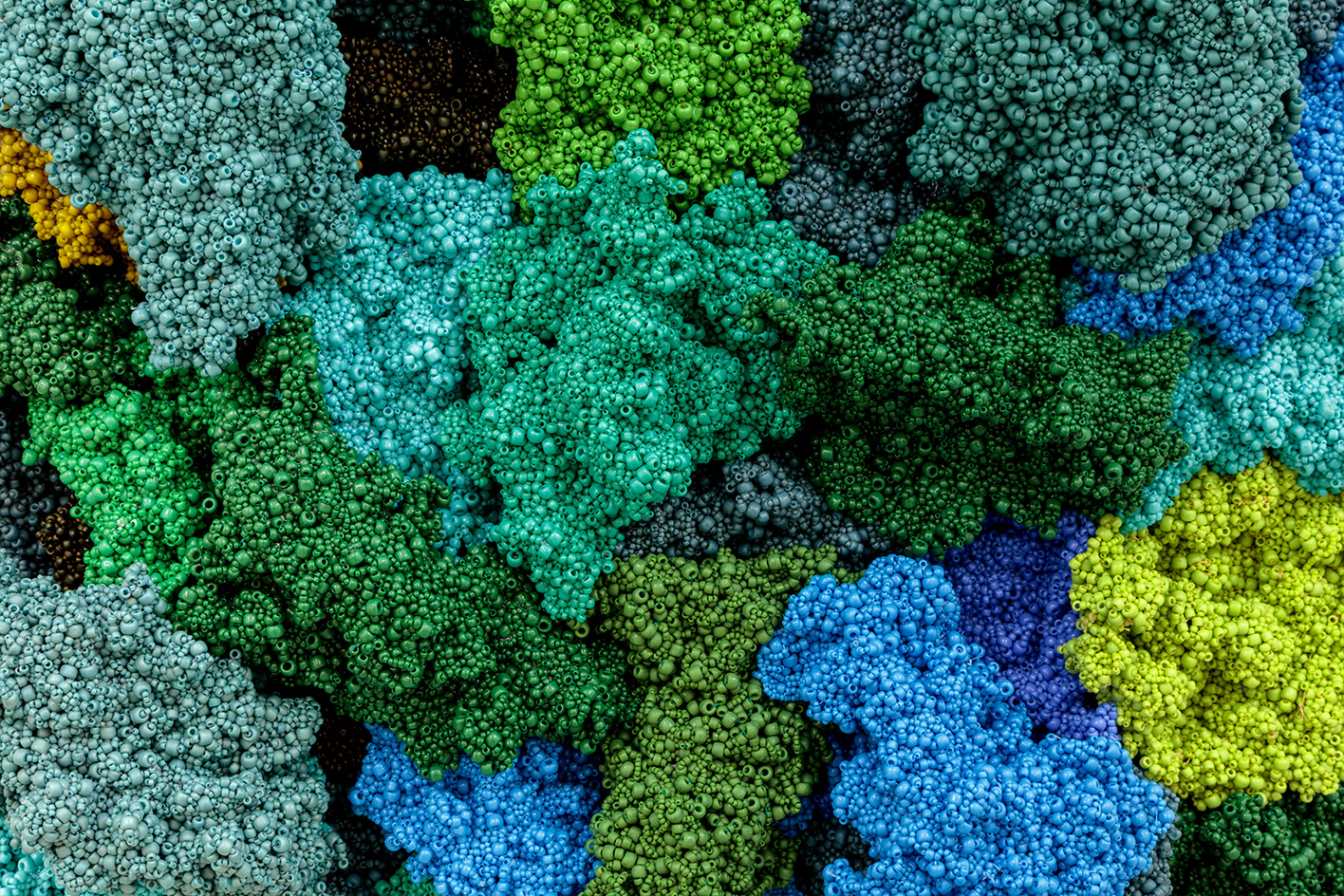
Lichenform I (detail), 2018, by Liza Lou, woven glass beads. Courtesy of the artist and Lehmann Maupin, New York, Hong Kong, and Seoul
Having imagined she would leave after three months, Lou stayed in Durban for ten years. Living in South Africa triggered profound shifts in her practice, most visibly a move towards abstraction. Her Ixube series, from the Zulu word for ‘random’ or ‘mixture’, was a minimalist’s colour field. Treating her jars of coloured beads like paint, she would mix up varying hues, and disseminate batches among her team to be threaded. The resulting strips of colour made by many different hands were then woven into a single composition. Many of her team worked from home, so they could care for children; they would return their strips with the imprints of hands or smudges of dirt. These became so integral to the character of each piece that Lou eventually did away with colour entirely and made the imperfections the focal point of her work. Lou’s 2016 installation The Waves featured a thousand dishcloth-sized squares comprised entirely of white beads and the handprints of those that made them.
Emphasising process over concept, these new bodies of work revealed the shifts in Lou’s practice occurring at a deeper level. While Kitchen transformed the drudgery of domesticity into a glamorous wonderland, in South Africa the beads possessed weighty, centuries-old cultural significance. ‘The history of painting pales in comparison,’ Lou says. In Durban’s townships, women sold beaded works by the roadside. ‘It was lifeblood to them. Beads meant that if you could make something, you could survive.’
Living in South Africa galvanised Lou’s engagement with issues of women and labour into a kind of social practice. Acutely conscious not to aggrandise herself as a white saviour in Africa, she set the groundwork for her 30 employees’ economic empowerment with a sense of respect and humility, emphasising an ‘elbow-to-elbow’ dynamic in her studio.
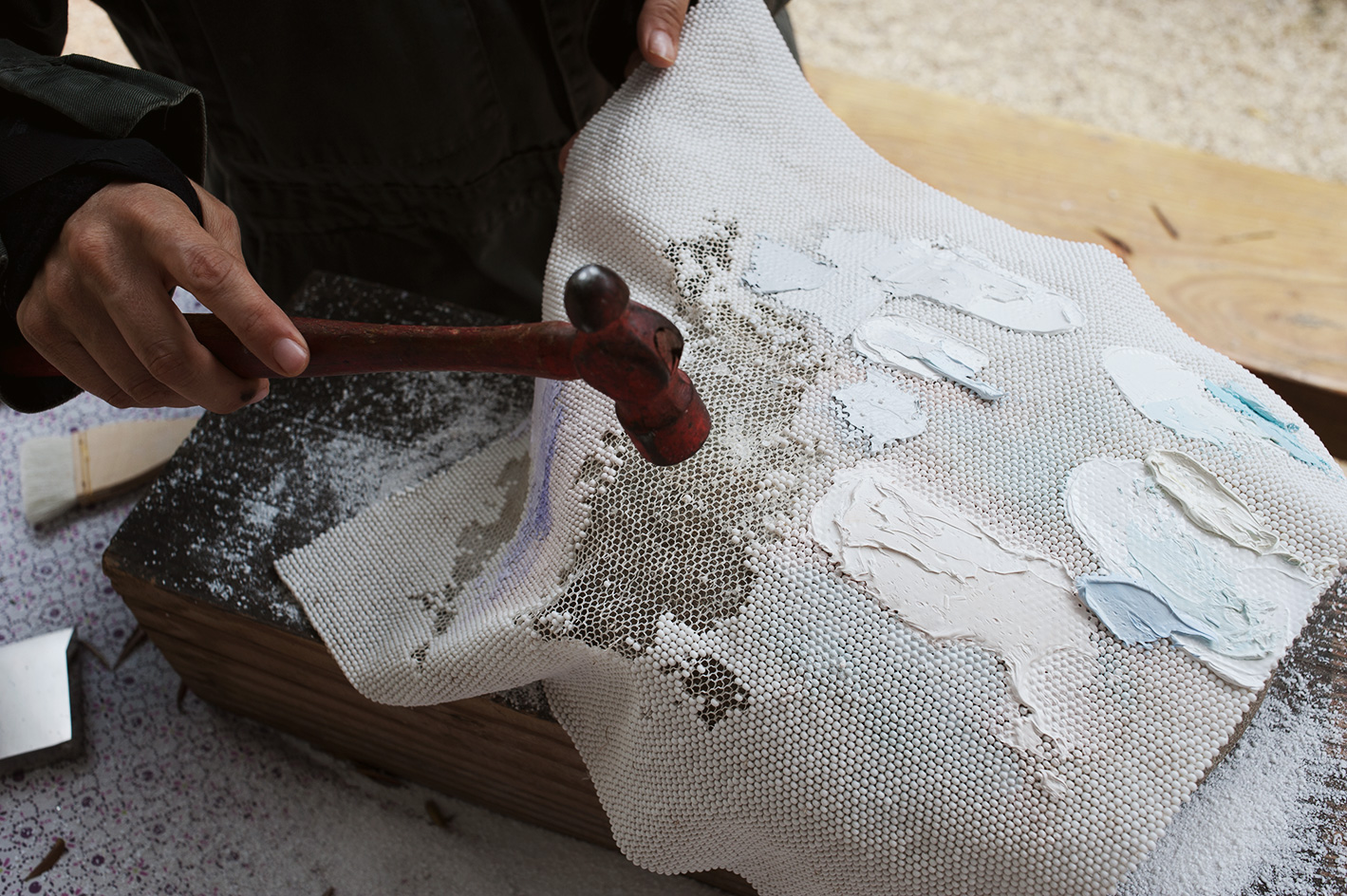
Lou at work in her studio Courtesy of the artist and Lehmann Maupin, New York, Hong Kong, and Seoul
It was a break with local custom, however, when she required them to set up their own bank accounts rather than funnel their earnings into those of their partners. She also hosted Zulu speakers to destigmatise HIV and tuberculosis and facilitated medication; she created scholarships for her employees to attend business courses and university; and paid each of them enough to hire employees of their own.
‘I kind of went through a crisis coming home,’ says Lou, who returned to LA in 2015. The quiet hills of Topanga Canyon are a far cry from Durban’s ‘noise and joy and depth of encounter’. There, Lou started painting The Clouds, she says, a totally new direction for her work. ‘I was adjusting to being alone.’
Lou goes back to Durban intermittently. ‘I don’t promise myself I’ll always work with this material,’ she says. But the bond with her studio would outlast her use of beads, regardless: ‘The most beautiful people I’ve met in my life were in South Africa.’
The cloud patterns in Durban, too, Lou says, were incredible – stalwart puffs of white rolling across the sky. The occasionally wispy cirrus clouds and airplane contrails in LA are decidedly less impressive, though a reminder that she is never really alone. ‘There is something about the clouds that connects us,’ Lou says. ‘To everything, to everyone.’
As originally featured in the September 2018 issue of Wallpaper* (W*234)
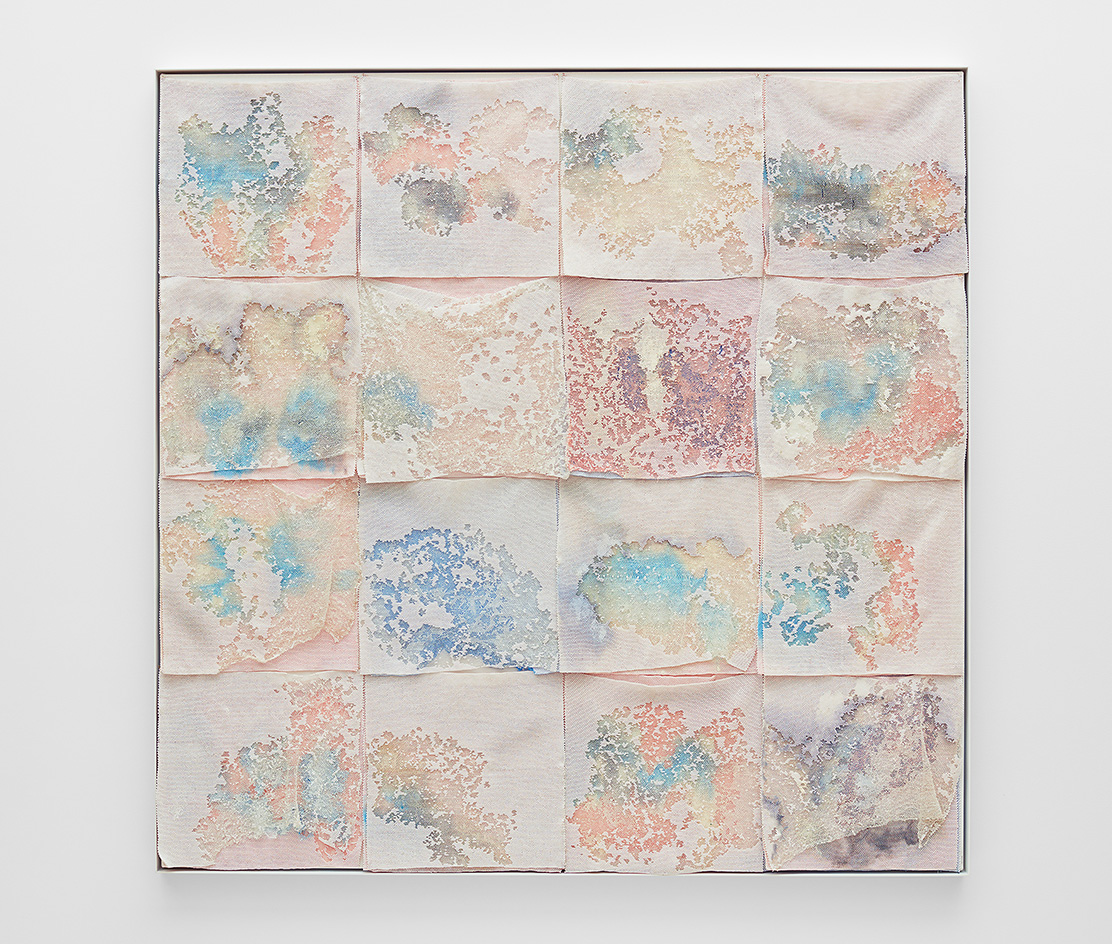
Nacreous, 2018, by Liza Lou, oil paint on woven glass beads and thread on canvas. Courtesy of the artist and Lehmann Maupin, New York, Hong Kong, and Seoul

Nacreous (detail), 2018, by Liza Lou, oil paint on woven glass beads and thread on canvas. Courtesy of the artist and Lehmann Maupin, New York, Hong Kong, and Seoul
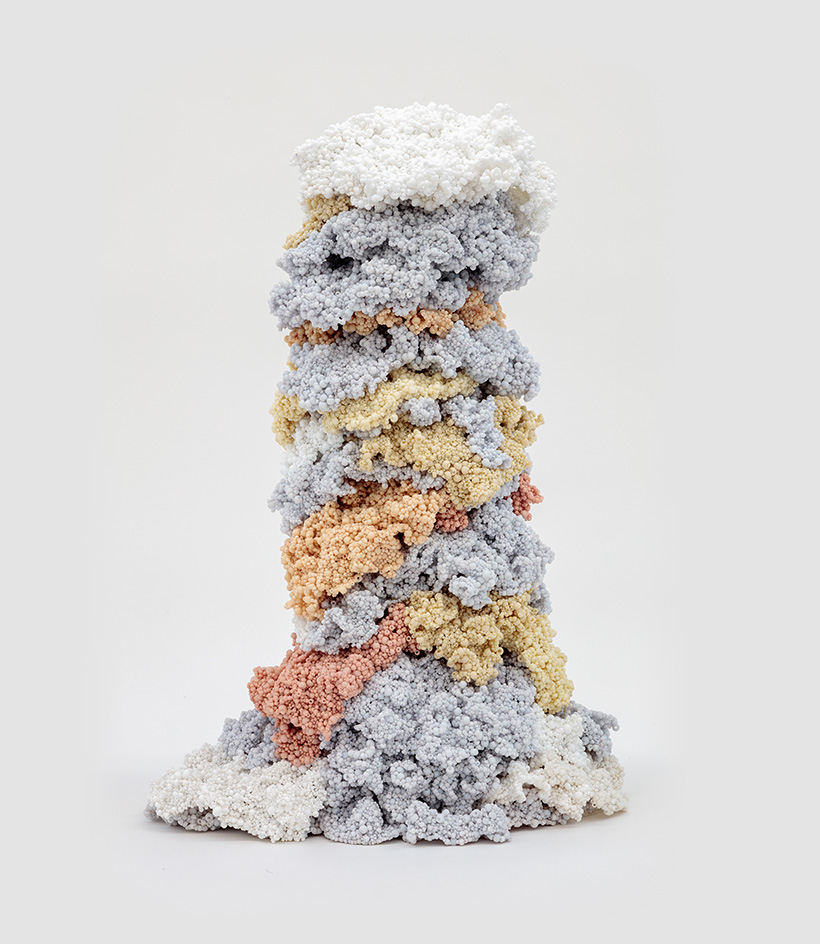
Aggregate: Mushroom, 2018, by Liza Lou, woven glass beads and thread. Courtesy of the artist and Lehmann Maupin, New York, Hong Kong, and Seoul
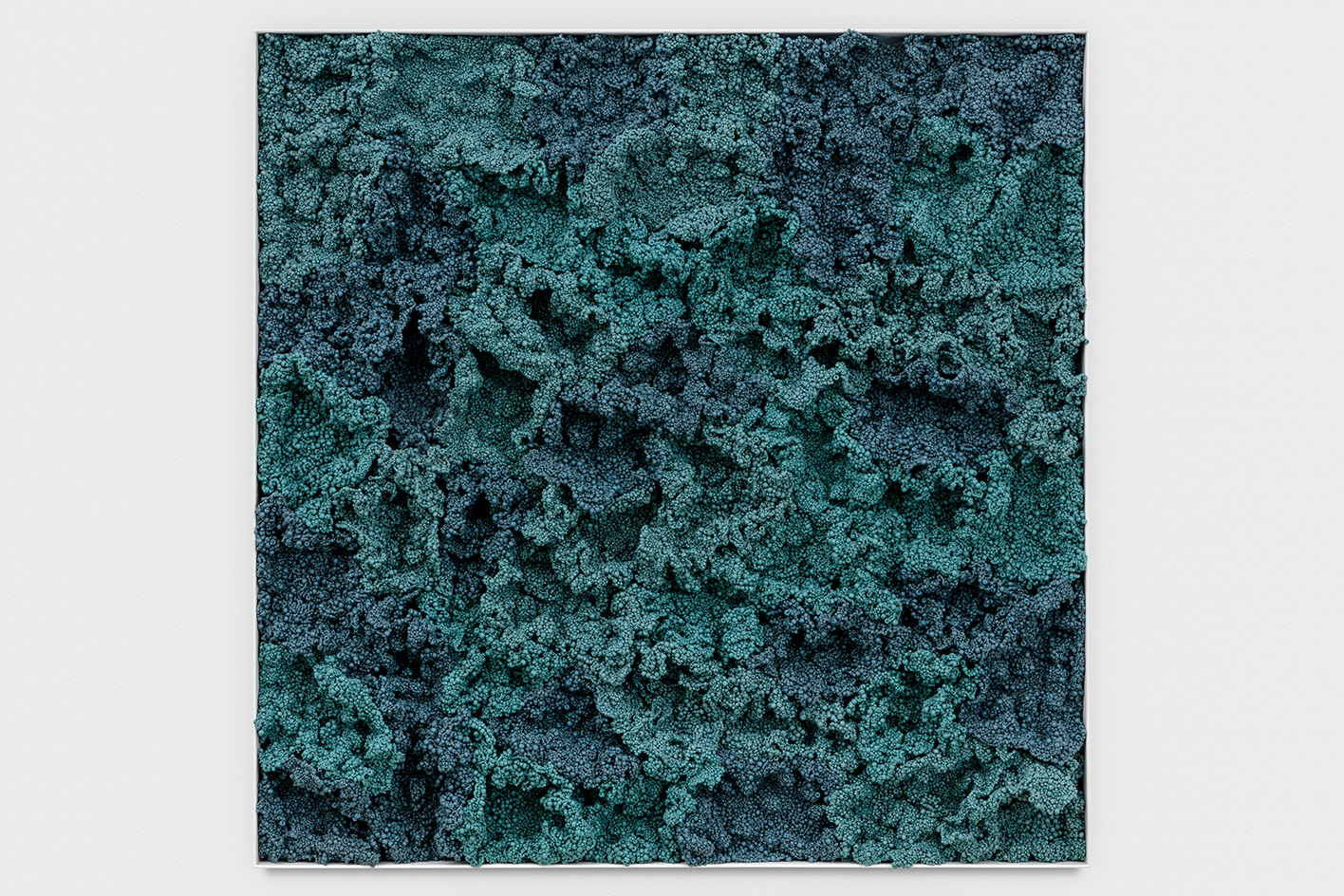
Terra | Cloud, 2018, by Liza Lou, glass beads, thread, and epoxy resin on stainless steel. Courtesy of the artist and Lehmann Maupin, New York, Hong Kong, and Seoul
INFORMATION
‘The Classification and Nomenclature of Clouds’ is on view from 6 September – 27 October. For more information, visit Liza Lou’s website and the Lehmann Maupin website
ADDRESS
Lehmann Maupin
501 West 24th Street
New York
Receive our daily digest of inspiration, escapism and design stories from around the world direct to your inbox.
-
 Nela is London's new stage for open-fire gastronomy
Nela is London's new stage for open-fire gastronomyA beloved Amsterdam import brings live-fire elegance to The Whiteley’s grand revival
-
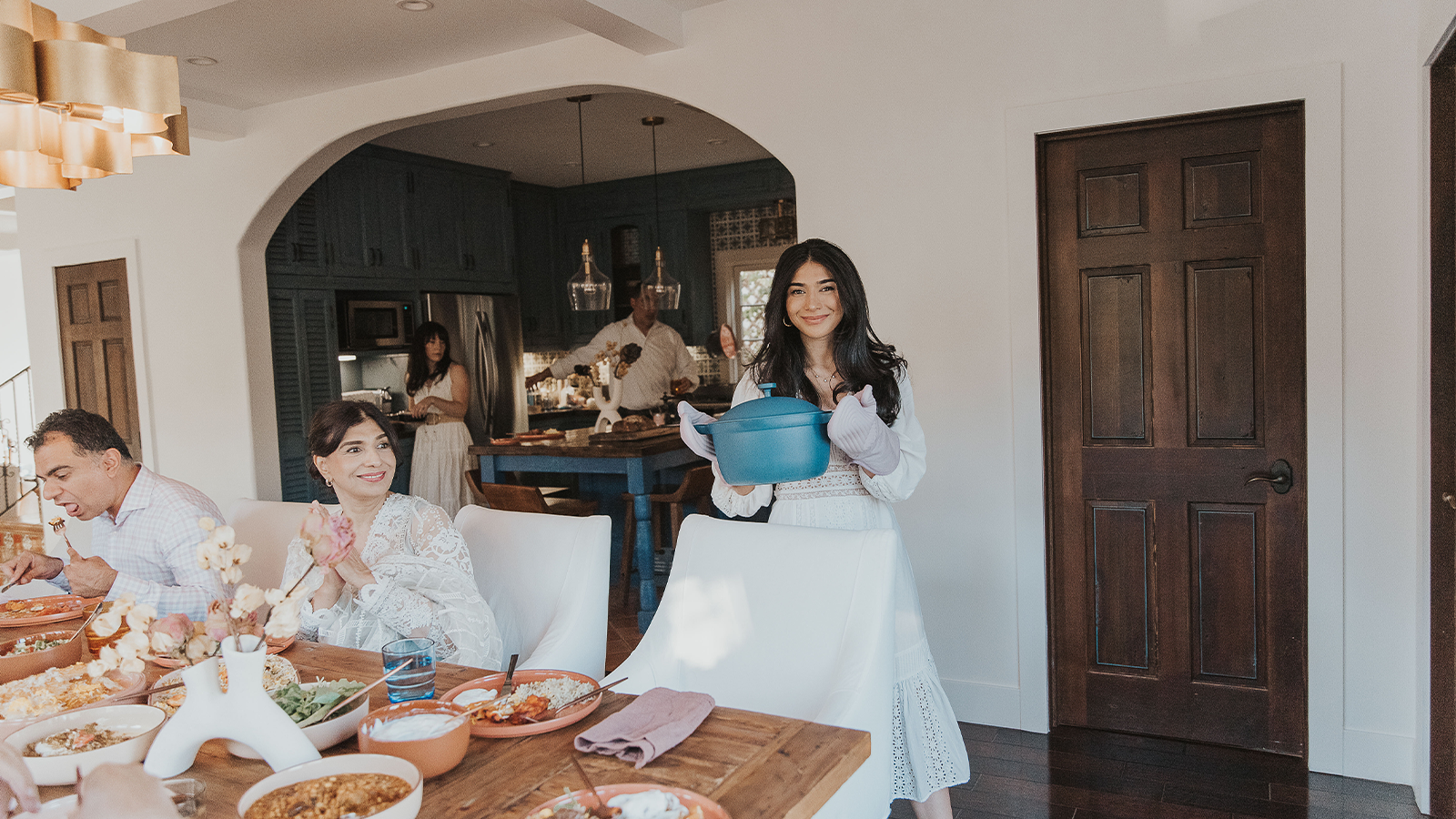 How we host: with Our Place founder, Shiza Shahid
How we host: with Our Place founder, Shiza ShahidWelcome, come on in, and take a seat at Wallpaper*s new series 'How we host' where we dissect the art of entertaining. Here, we speak to Our Place founder Shiza Shahid on what makes the perfect dinner party, from sourcing food in to perfecting the guest list, and yes, Michelle Obama is invited
-
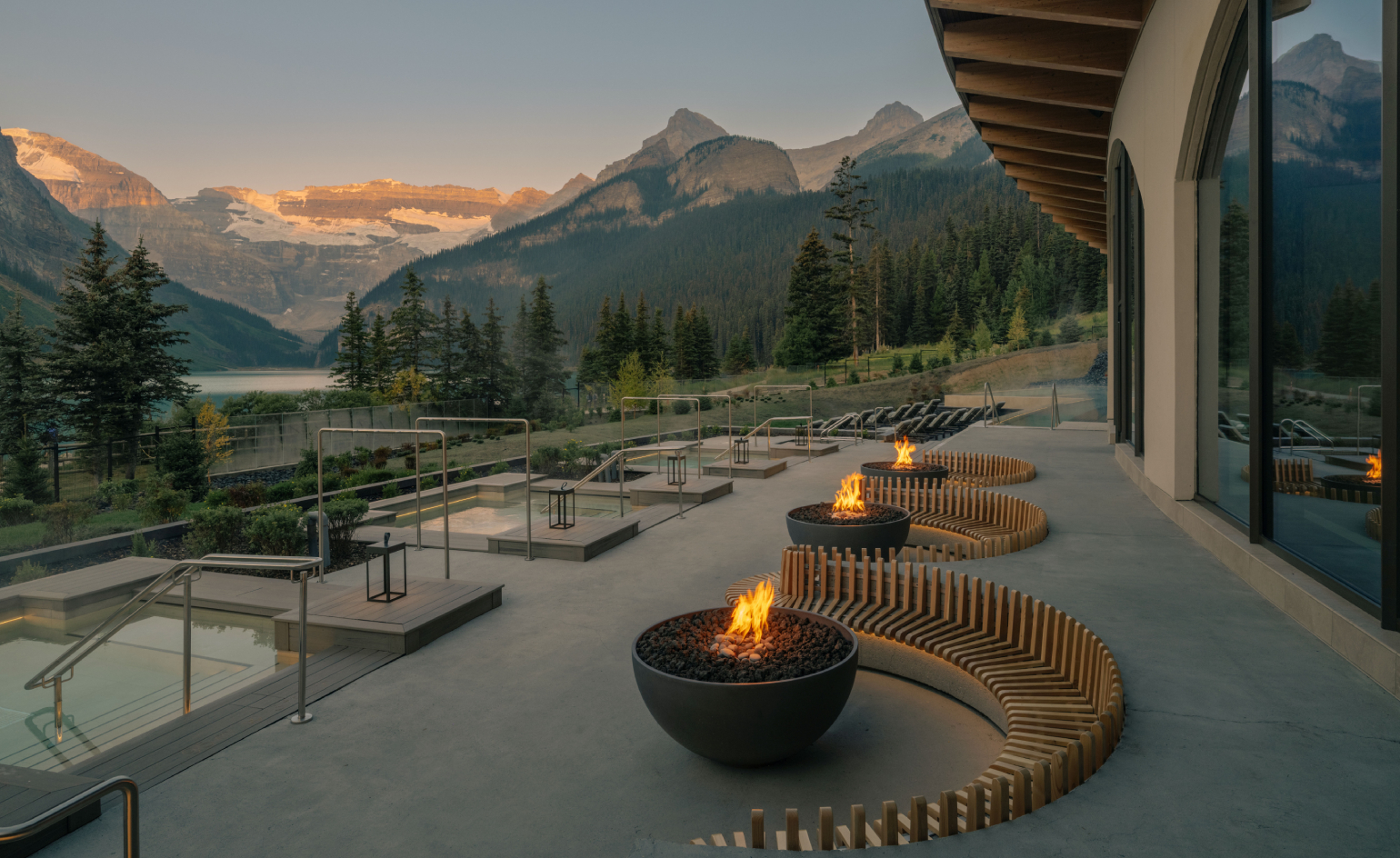 Matteo Thun carves a masterful thermal retreat into the Canadian Rockies
Matteo Thun carves a masterful thermal retreat into the Canadian RockiesBasin Glacial Waters, a project two decades in the making, finally surfaces at Lake Louise, blurring the boundaries between architecture and terrain
-
 Inside the work of photographer Seydou Keïta, who captured portraits across West Africa
Inside the work of photographer Seydou Keïta, who captured portraits across West Africa‘Seydou Keïta: A Tactile Lens’, an exhibition at the Brooklyn Museum, New York, celebrates the 20th-century photographer
-
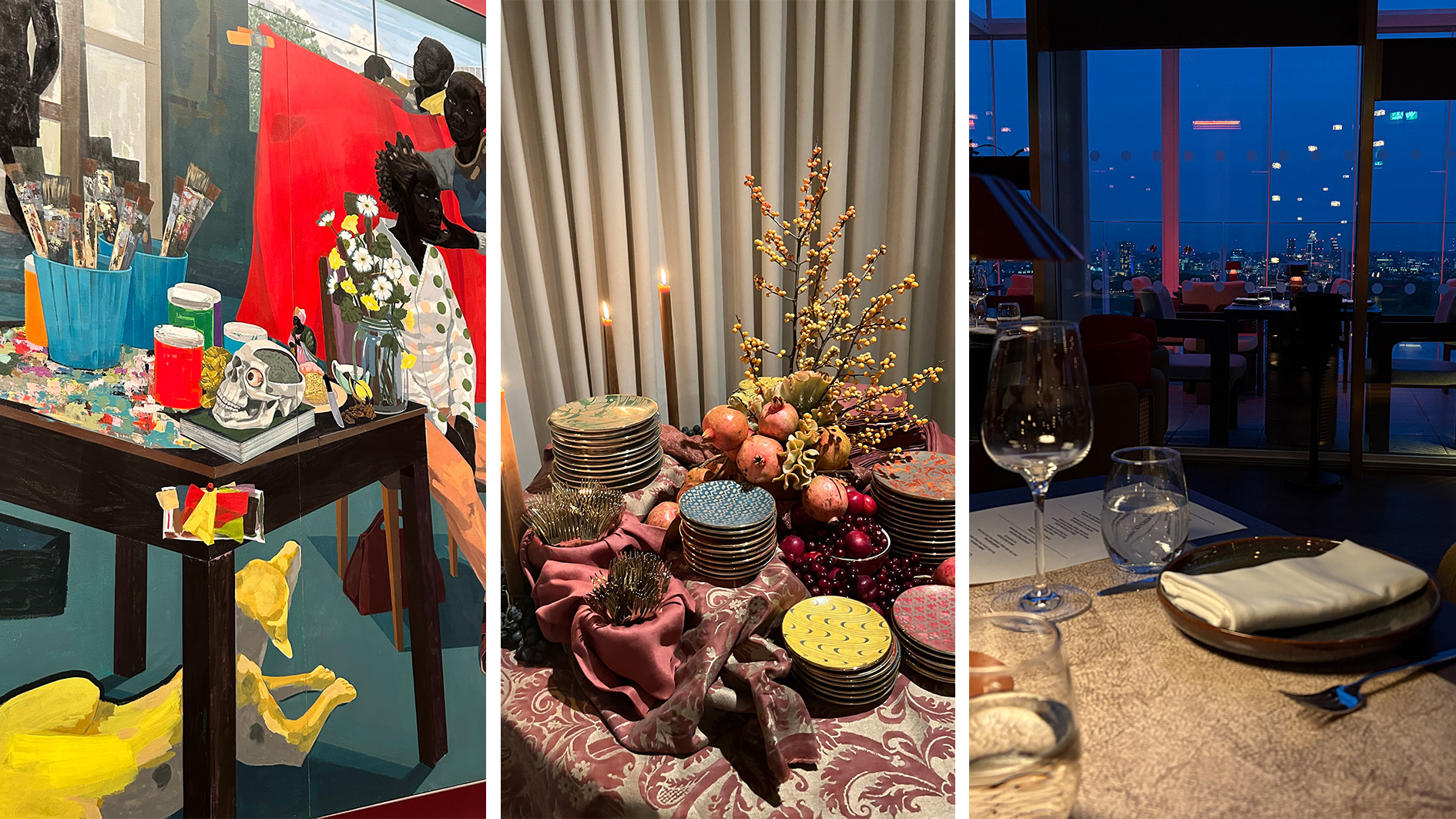 Out of office: The Wallpaper* editors’ picks of the week
Out of office: The Wallpaper* editors’ picks of the weekFrom sumo wrestling to Singaporean fare, medieval manuscripts to magnetic exhibitions, the Wallpaper* team have traversed the length and breadth of culture in the capital this week
-
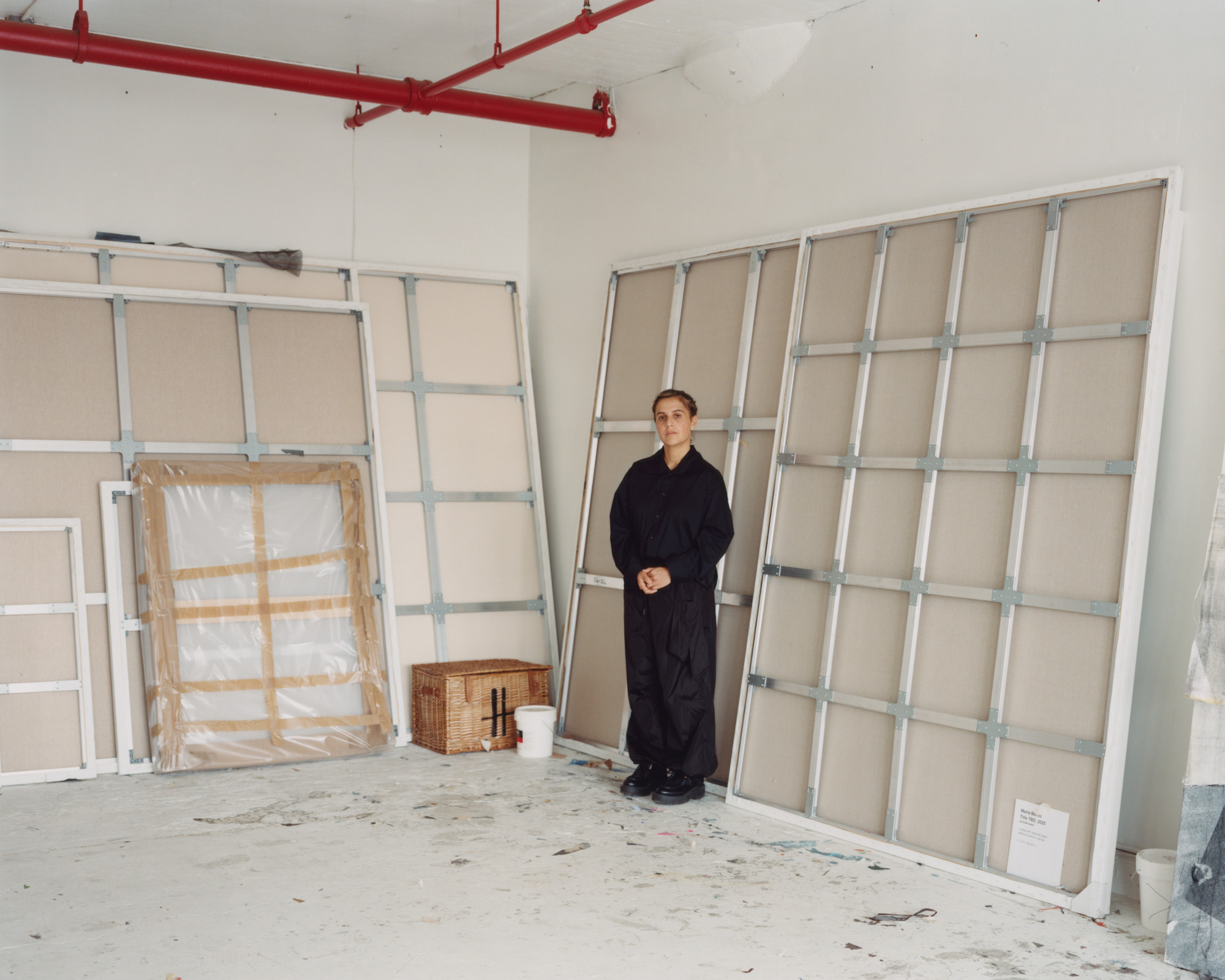 María Berrío creates fantastical worlds from Japanese-paper collages in New York
María Berrío creates fantastical worlds from Japanese-paper collages in New YorkNew York-based Colombian artist María Berrío explores a love of folklore and myth in delicate and colourful works on paper
-
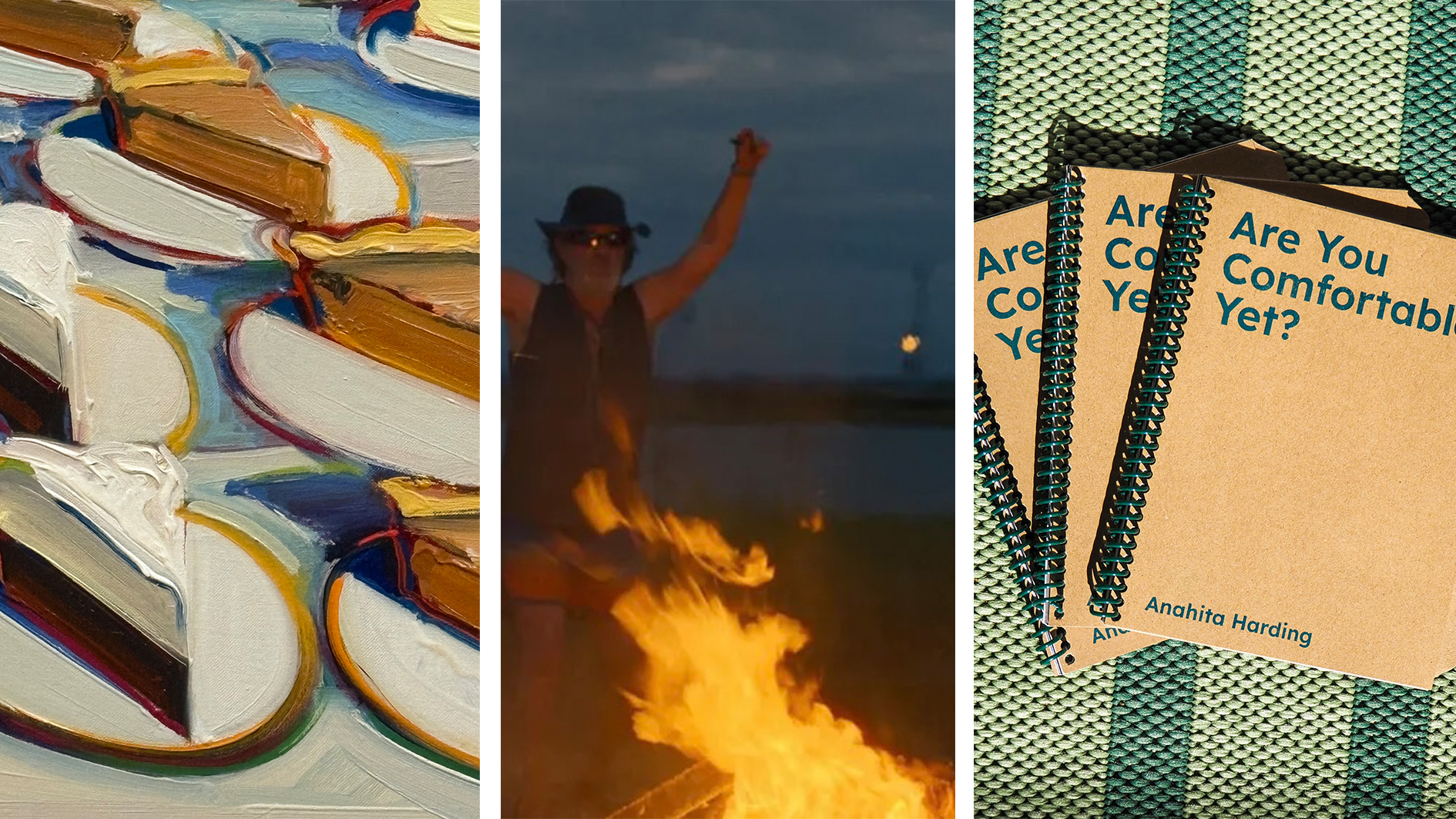 Out of office: the Wallpaper* editors’ picks of the week
Out of office: the Wallpaper* editors’ picks of the weekAs we approach Frieze, our editors have been trawling the capital's galleries. Elsewhere: a 'Wineglass' marathon, a must-see film, and a visit to a science museum
-
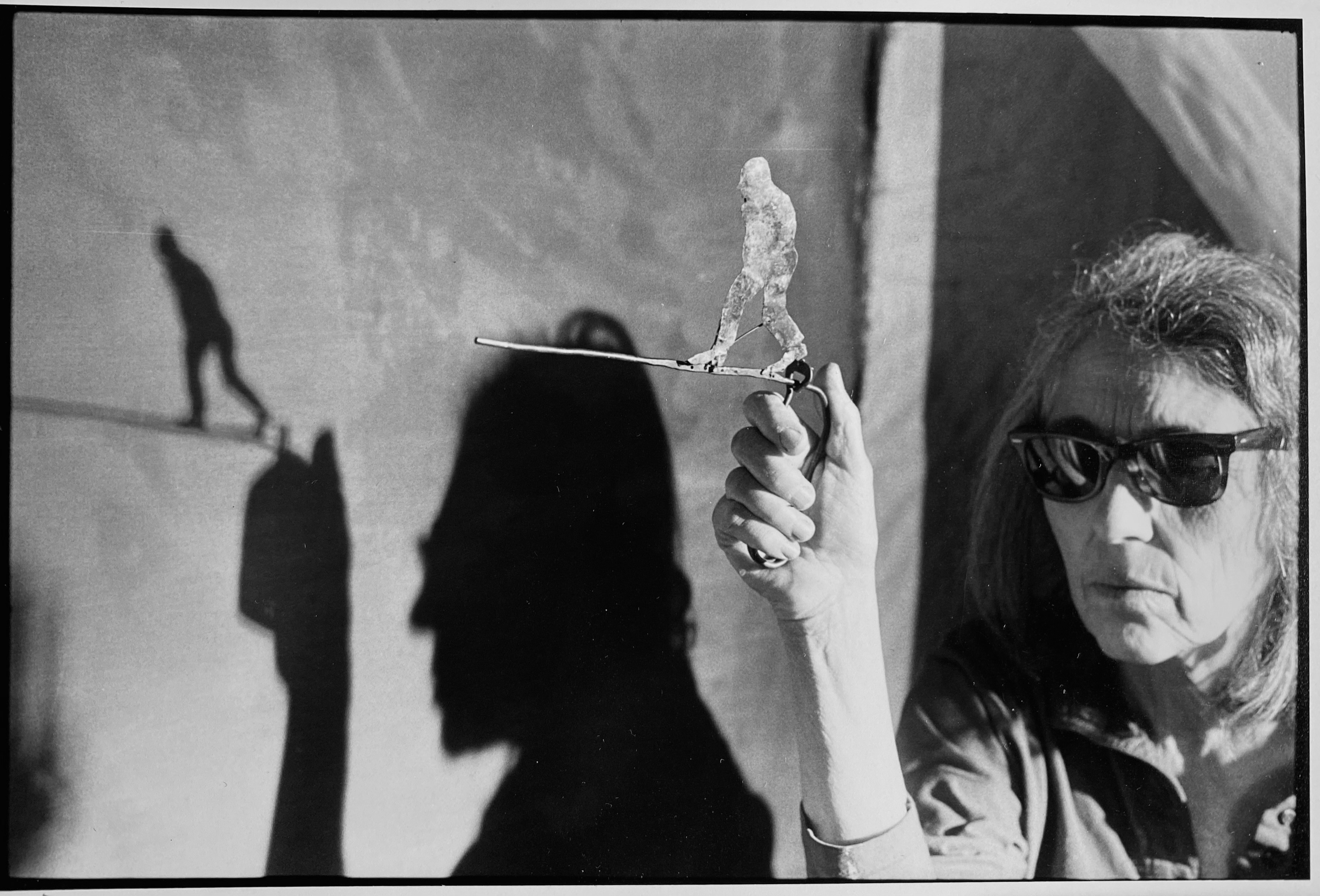 June Leaf’s New York survey captures a life in motion
June Leaf’s New York survey captures a life in motionJune Leaf made art in many forms for over seven decades, with an unstoppable energy and fierce appetite leading her to rationalise life in her own terms.
-
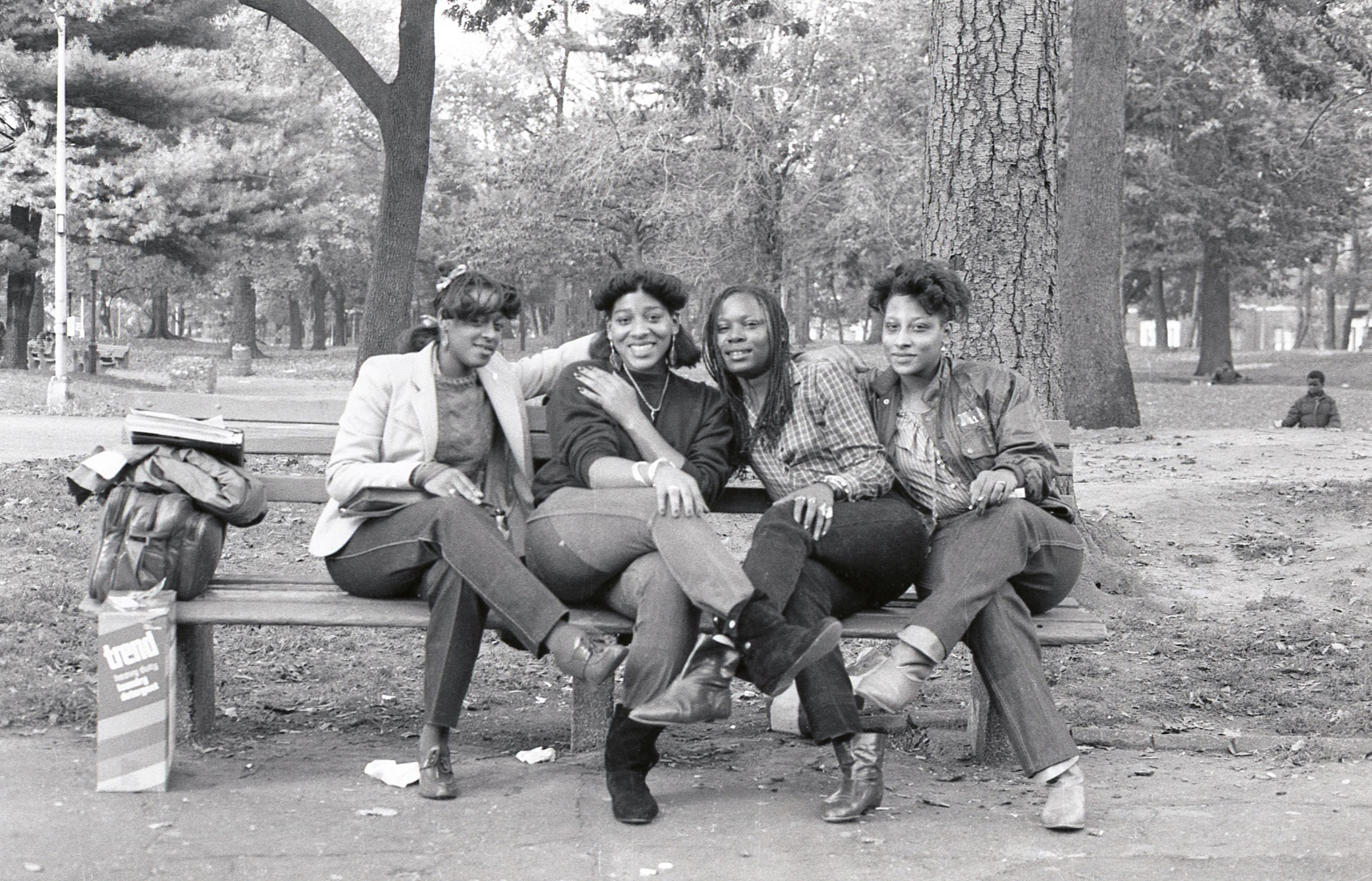 Jamel Shabazz’s photographs are a love letter to Prospect Park
Jamel Shabazz’s photographs are a love letter to Prospect ParkIn a new book, ‘Prospect Park: Photographs of a Brooklyn Oasis, 1980 to 2025’, Jamel Shabazz discovers a warmer side of human nature
-
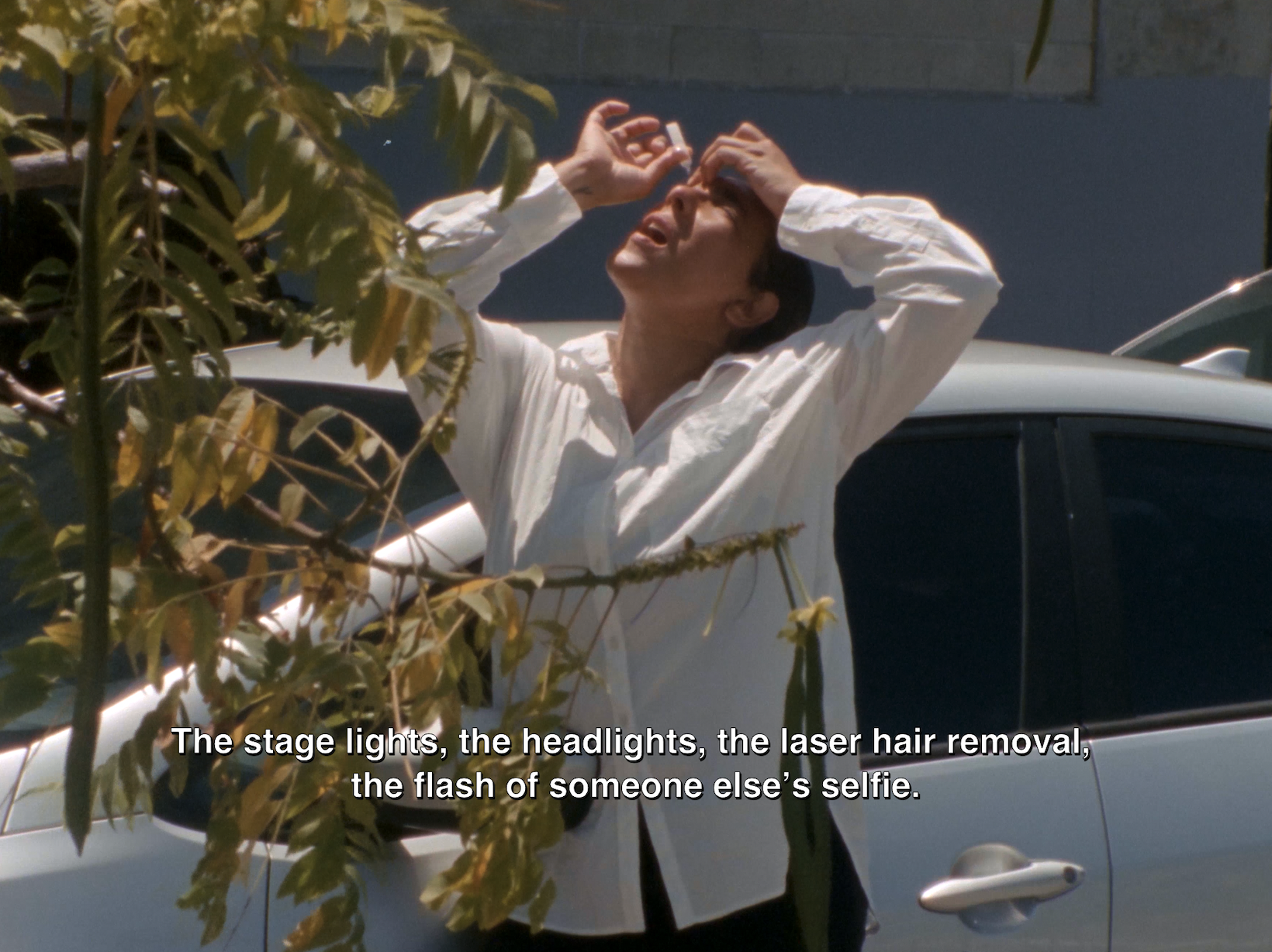 The Hammer Museum in Los Angeles launches the seventh iteration of its highly anticipated artist biennial
The Hammer Museum in Los Angeles launches the seventh iteration of its highly anticipated artist biennialOne of the gallery's flagship exhibitions, Made in LA showcases the breadth and depth of the city's contemporary art scene
-
 Inside a Courtney Love-inspired art exhibition in New York
Inside a Courtney Love-inspired art exhibition in New YorkLiza Jo Eilers looks to the glory days of Hole at an exhibition at Grimm New York